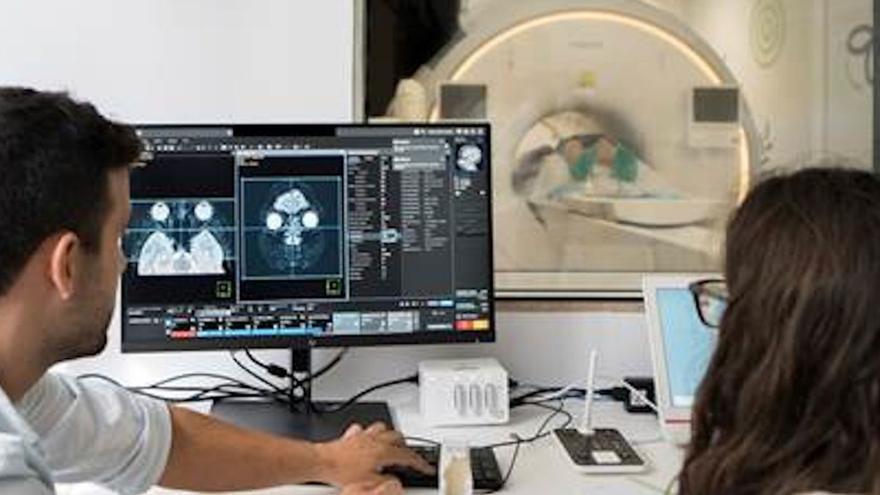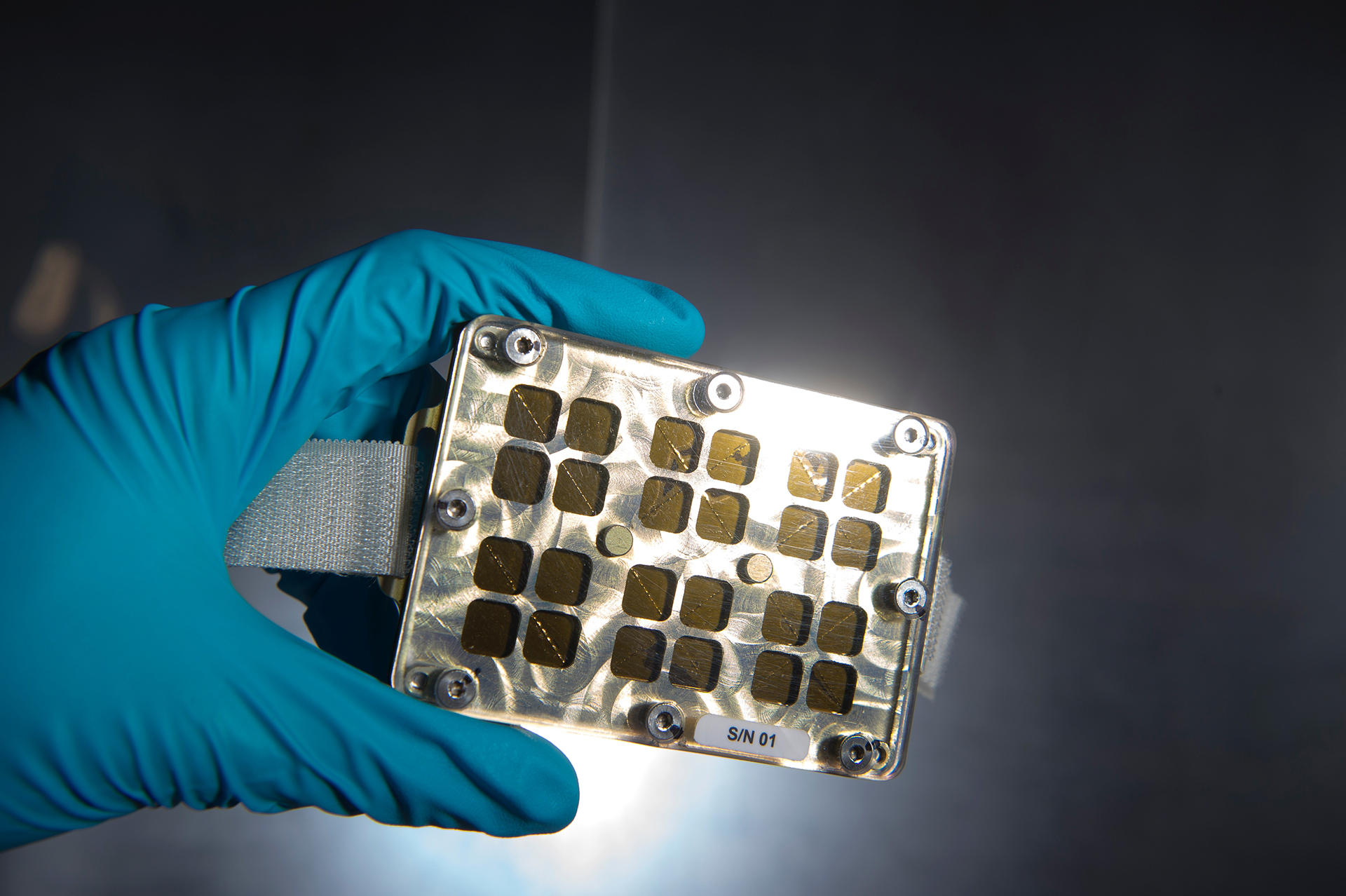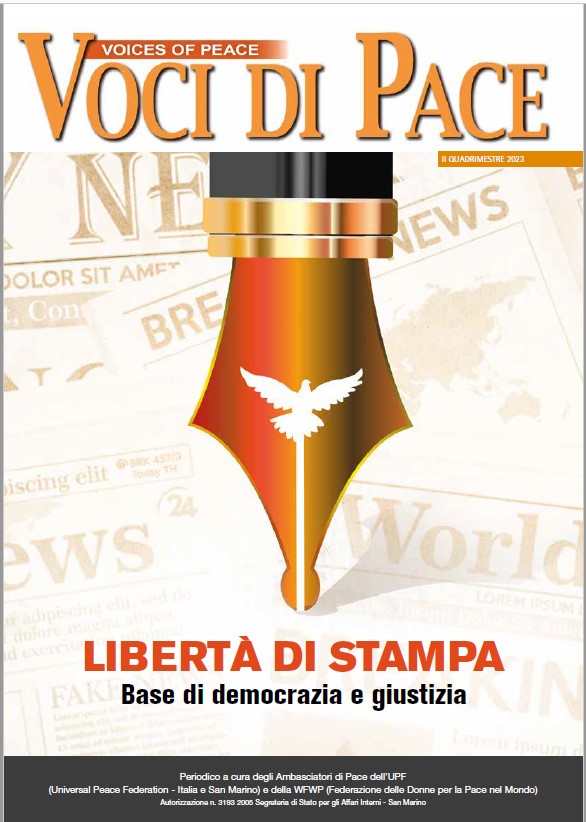We hope that the children are cured. That’s the first thing. And that they do it “better, faster, stronger and happier”. This is the goal set by the Unoentrecienmil Foundation, which this summer celebrates the first anniversary of the Acceleradora program, hosted by the La Paz Hospital in Madrid, a pioneering program that combines scientific research and physical exercise for children with cancer and that has given “incredible” results, confirms this newspaper the physiotherapist Rocio Llorente, who is part of the team.
A training that initially reduces the duration of hospitalization of minors by 17%. But it also empowers them, confirms Llorente of the same large Madrid hospital. “It’s amazing, really. It has exceeded all my expectations. We are talking about 70 children and adolescents, some of whom were newly diagnosed. During that time, we have seen their strength improve, they have less fatigue or side effects from chemotherapy.” The physiotherapist explains the service promoted by the Unoentrecienmil Foundation, which promotes research projects for the treatment of leukemia. A model that researchers would like to see replicated in the rest of the autonomous communities.
The idea began to develop during the pandemic and is based on the results of the scientific work that led Unoentrecienmil in 2018. What doctors and researchers wanted to see were the effects of training on young cancer patients. The experimental data they obtained determined that: it has a cardioprotective effect; improves muscle strength, functional capacity and cardiorespiratory capacity; favors the immune response against the tumor; reduces the side effects of chemotherapy; and increases self-esteem and quality of life.
Excellent results
Now, a year into the project, the organization says the results could not be better. The program consists of giving both study patients and those already undergoing treatment (clinical assistance patients) a series of initial assessments to plan training in an individualized manner, adapting to each person’s specific circumstances.
In Acceleradora, children train at least three times a week, in sessions lasting between 20 and 60 minutes, either in the training area designed in La Paz, in the room or online, depending on their condition, needs and preferences. Each workout is divided into three phases: an initial warm-up that seeks to activate the muscles, their movement and anticipate injuries; a main part, in which work is done, on the one hand, on the strength, aiming to reduce the weaknesses resulting from the treatment and the lack of movement; and on the other hand, on the respiratory and resistance muscles to improve cardiorespiratory capacity and reduce fatigue.
Related News
The last part is to return to calm, in which low-intensity exercises, relaxation and stretching are performed, to avoid injuries and not to end the session in a nervous way. “The oncologists are the ones who prescribe the exercise, and from the beginning of the treatment. It is important to know that it is not additional, “we will play. It is prescribed,” says Rocio Llorente.
It is then up to Llorente and his colleagues to adapt the treatment to each child’s functions. It depends on whether the child is receiving chemotherapy at the time; if they have operated on him, or if his value is low. “Maybe today he trains great and can go to the Accelerator gym, but tomorrow I may have to go to his room and train for 15 minutes. Well, we welcome those 15 minutes when he is not lying in bed and we can train,” the physiotherapist points out.

“Infuriatingly humble social media buff. Twitter advocate. Writer. Internet nerd.”



